Dom Pérignon



 Dom Pérignon
Dom Pérignon
Dom Pérignon is only available as a vintage. Only the best grapes are selected. Each vintage is unique and reinterprets the unique character of the seasons. Dom Pérignon reinvents itself with each vintage, always taking risks. Even to the point of not declaring a vintage.
Creation date: 1668
President: Sybille Scherer
Head office: 9, avenue de Champagne, 51200 Epernay - France
Website: www.domperignon.com
Identity
In the 17th century, the monk Dom Pierre Pérignon nurtured an ambition to create “the best wine in the world”. This bold and visionary mind even went as far as to earn himself a place at the table of the Sun King, who was won over by the quality of his wine.
Three centuries later, Dom Pérignon perpetuates this exceptional artisan’s vision and work, and he is now considered to be the spiritual father of Champagne. Dom Pérignon vintages are produced using the best grapes on the estate. Each one is a unique creation with a style and an identity which are unique to its vintage: it is down to the Chef de Cave to decide if the vintage will be declared.
This vision is tangible through the subtle balance that characterizes the House Champagnes – an alliance of ripeness, vibrancy, lightness and intensity – giving the wine the potential to age with suppleness and elegance.

Icon

Insights

“We must intimately know our vineyards and our wines, we have to pamper them, learn to love them to create assemblages that strive for harmony.” As enthusiastic as he is thoughtful, Vincent Chaperon brings his energy and engagement to the Dom Pérignon quest with an inner drive shaped by his passion for words. “You need a literary side to do this métier truly well.”
Savoir-faire
The philosophy, vision and spirit of Dom Pérignon are incarnated in his Manifesto, a document which explains the ten basic principles guiding winemaking at the House. Dom Pérignon can only be a vintage and blended. Each year, the Chef de Cave reinvents the House style with different grapes, creating a unique vintage, a perfect balance between the expression of Dom Pérignon and the expression of the vintage itself. It is made using a subtle blend of two grape varieties – Pinot Noir and Chardonnay – which are taken from the very best vineyards in Champagne. The wines owe their complexity to the slow ripening of the grapes, which conserves freshness while revealing new aromas and new textures with the passing of time. These aromas, which develop in the wines as they are protected from oxygen during the aging process, guarantee exceptional cellaring potential and a characteristic minerality which is an aromatic signature of the House.

Architecture
Nestled in the heart of Champagne on a hillside overlooking the Marne Valley, the former Benedectine Abbey of Hautvillers is Dom Pérignon’s historic birthplace. It was founded in around 650 by Saint Nivard, the Archbishop of Reims. It was destroyed and rebuilt on several occasions, but finally rose from its ashes in the 16th century with the help of Catherine de Médicis.
It was in this exceptional place that Dom Pierre Pérignon pursued his ambition to create the “best wine in the world” for 47 years.

Key figures
- 47 number of years Dom Pierre Pérignon spent making Champagne
- 10 number of founding principles guiding the House's winemaking process
- 13°C the ideal temperature for cellaring Dom Pérignon vintages
Drink responsibly.